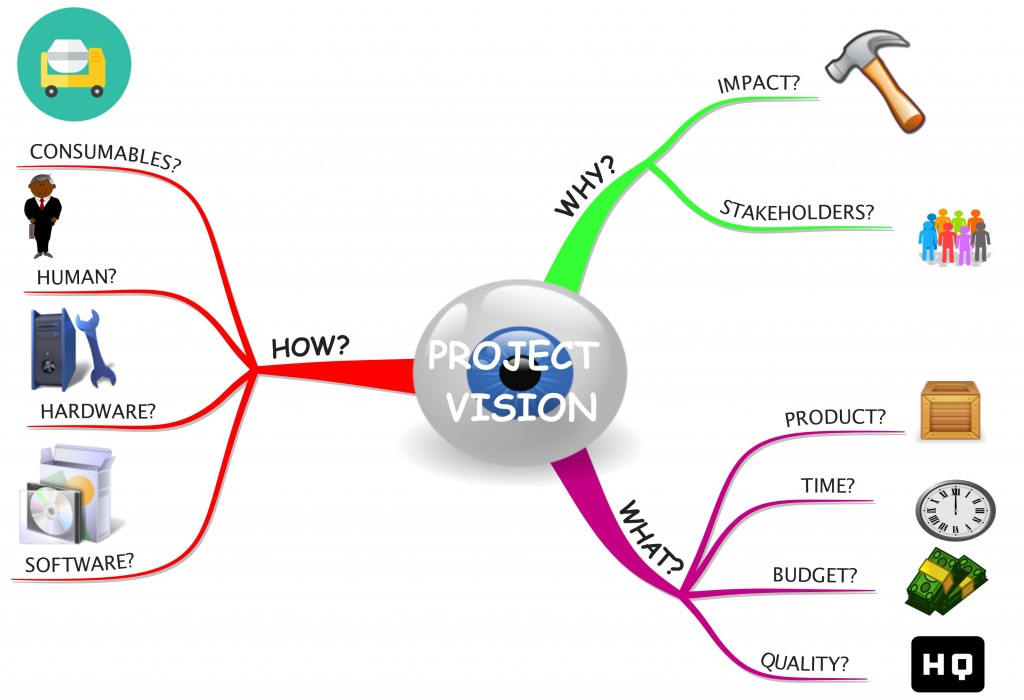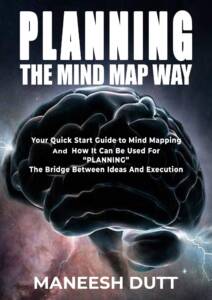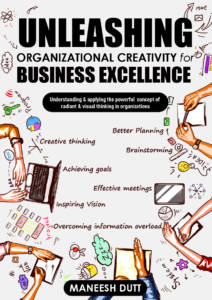Along any project life cycle there are certain key “must-have” management skills necessary for a Project Manager to steer correctly a project from inception to completion.
The PM Body of Knowledge (PM BOK), published by PMI, PMBOK highlights the following five key general management skills that are highly likely to affect most projects:
- Leading
- Communicating
- Negotiating
- Problem Solving
- Influencing the Organization
In addition to the above, in my experience, there are three other key skills that are extremely important for a project manager while managing any project and these are:
- An attitude of learning and improvement
- A Sense of Urgency
- Ability to embrace ambiguity
Mind Maps with their flexibility for application across a multitude of situations can be easily applied for supporting, enabling and magnifying the above skills.
Let’s look at how Mind Mapping can help to enhance one of the fundamental skills of “Leading” which has an importance not only in the field of Project Management but in any arena of life where one wants to achieve a goal or make an impact on a bigger audience:
Leading…
… is the ability to give a compelling vision accompanied with “execution” pointers on reaching it. The project managers needs to motivate and magnetize his team towards the vision or the end goal of the project.
“Vision” is all about “visualizing” hence intrinsically related to our faculty of “seeing” helping us capture images all around. The project vision enables us to see a creation available in the FUTURE using images currently available in the brain’s repository. Images is the “high speed” language of the brain as compared to words. Every Mind Map is fundamentally an image hence is a very effective vehicle to communicate a project vision and more so a collaborative image for the complete team.
The simple Mind Map template illustrated in figure can be used to brainstorm and develop a project vision with the involvement of the complete team. Lets understand the three branches therein..
The first branch of the Mind Map answers the question “WHY” are we doing this project in the first place. One way of answering this question is by directly identifying the overall impact of a project. A better way could be to first identify the stakeholders who would impacted by (or involved) in the project. Once the stakeholders have been identified then try to answer the “WHY” with reference to each of the stakeholders preferably starting with the most important one.
The next branch focuses on the “WHAT” i.e what are we are creating to achieve the impact identified in the ‘WHY” and also “WHAT” are the associated constraints? Mostly in projects the “WHAT” is quite clear but it is a good idea to cross check that all the “WHY”’s identified are being addressed by the “WHAT” in this branch. Additionally the triple constraints of time, quality and budget, as applicable, are recorded in the sub-branches of the “WHAT” main branch.
Finally we come to the third branch the “HOW”, which helps identify the resources which could be categorized into human, consumables, hardware, software or any other category specific to the project.
While developing the Project Vision we are still clarifying the big picture hence in all the three branches presented above avoid getting into the finer details at this stage but focus on answering the questions from a strategic level.
During the collective vision development with the team the project leader may receive several feedback’s across all the three branches. The Mind Map is particularly suitable for capturing such feedback’s since it easily allows for an iterative movement between the various branches. The end result of this Mind Map is a well-defined project vision with a buy in of the complete project team.
Irrespective of your project type, an organisation can still enhance these vital management skills by using Mind Maps for managing projects. If you would like to understand more on how Mind Maps can be used for enabling the other skills mentioned above, you could read my book “Mind Maps for Effective Project Management” available at all major online bookstores. With the purchase of every book you also get free online access to the 40 project management templates included in the book.



